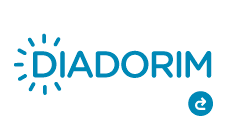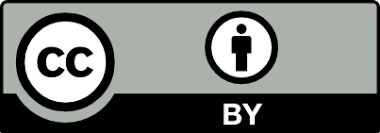JOGO DIDÁTICO “TRÊS PISTAS EM AÇÃO”: DESVENDANDO OS SISTEMAS” PARA O ENSINO INTEGRADO DOS SISTEMAS FISIOLÓGICOS
Resumen
Observando a necessidade em romper com a forma fragmentada e memorização de conteúdos pela qual o ensino de fisiologia muitas vezes é conduzido nas salas de aula, é notória a necessidade de novas práticas pedagógicas diferenciadas que favoreçam a integração de conceitos, estimulem o pensamento crítico e ofereçam oportunidades para a aplicação do conhecimento em situações do mundo real. O papel dos jogos pode ser uma ferramenta para favorecer o processo de ensino aprendizagem, uma vez que podem motivar a participação do aluno e despertar o interesse em sala de aula. Diante disso, nosso objetivo foi desenvolver e aplicar o jogo “Três Pistas em ação: Desvendando os sistemas” sobre os sistemas digestório, circulatório e excretor. O jogo foi aplicado a estudantes de uma turma do 2º ano do ensino médio e após sua aplicação os alunos responderam um questionário de usabilidade referente a este jogo. Por meio da análise dos questionários de usabilidade do jogo didático percebemos que o jogo desenvolvido atuou como agente motivador e facilitador no processo de ensino e aprendizagem. Assim, concluímos que a utilização de metodologias alternativas pode potencializar o entendimento de conceitos básicos relacionados à fisiologia humana.
Descargas
Citas
BORGES, G. A. et al. Body: Um jogo digital educacional de tabuleiro na área de fisiologia humana. Proceedings of SBGames, p. 412-420, 2016.
BRASIL. Orientações Curriculares para o Ensino Médio: Ciências da natureza, matemática e suas tecnologias. Ministério da Educação. Secretaria de Educação Básica. Brasília: MEC/SEB, v.2, 2006
KRASILCHIK, M. Prática de ensino de biologia. 4ª. ed. São Paulo: Edusp, 2004. 126p.
SILVA, I. A. et al. Board Game e Role-Playing Game (RPG) minicurso sobre confecção de jogos didáticos e sua aplicação em medidas socioeducativas: relato de experiência no IFPB - CAMPUS CABEDELO/PB. Revista Vivências em Ensino de Ciências. V.2, p. 13-23, 2018.
DECLARAÇÃO DE ORIGINALIDADE E DIREITOS AUTORAIS
Declaro que o presente artigo é original, não tendo sido submetido à publicação em qualquer outro periódico nacional ou internacional, quer seja em parte ou em sua totalidade.
Os direitos autorais pertencem exclusivamente aos autores. Os direitos de licenciamento utilizados pelo periódico é a licença Creative Commons Attribution 4.0 (CC BY ): são permitidos o acompartilhamento (cópia e distribuição do material em qualqer meio ou formato) e adaptação (remix, transformação e criação de material a partir do conteúdo assim licenciado para quaisquer fins, inclusive comerciais.

Recomenda-se a leitura desse link para maiores informações sobre o tema: fornecimento de créditos e referências de forma correta, entre outros detalhes cruciais para uso adequado do material licenciado.

















